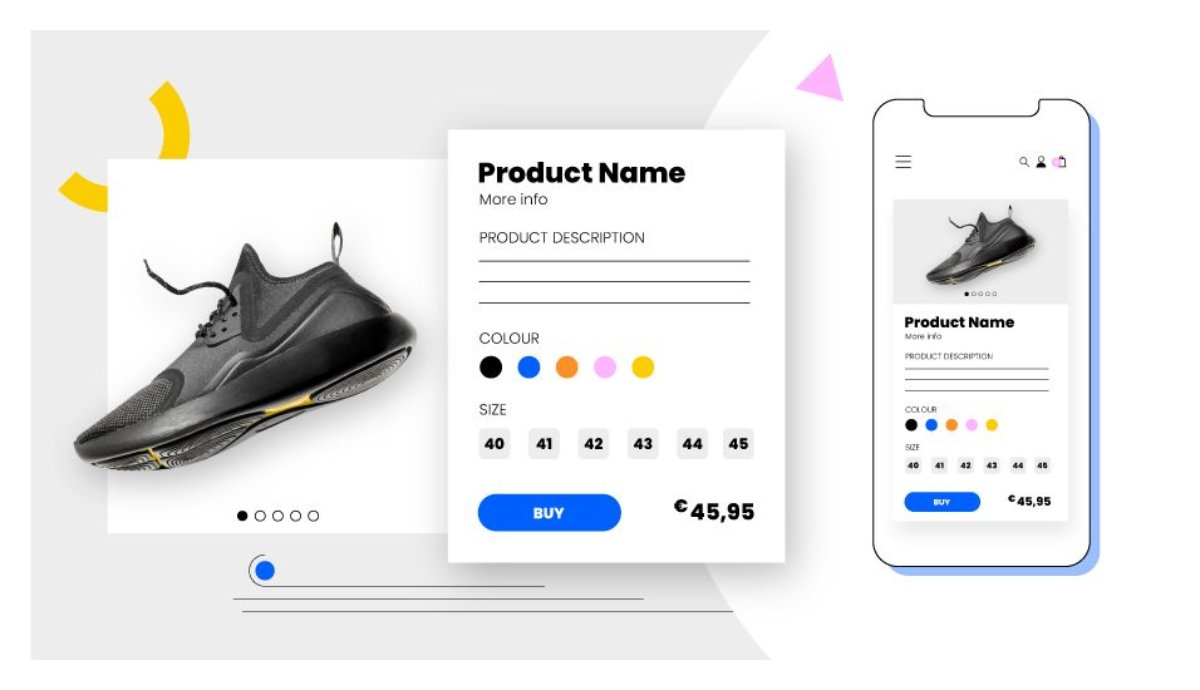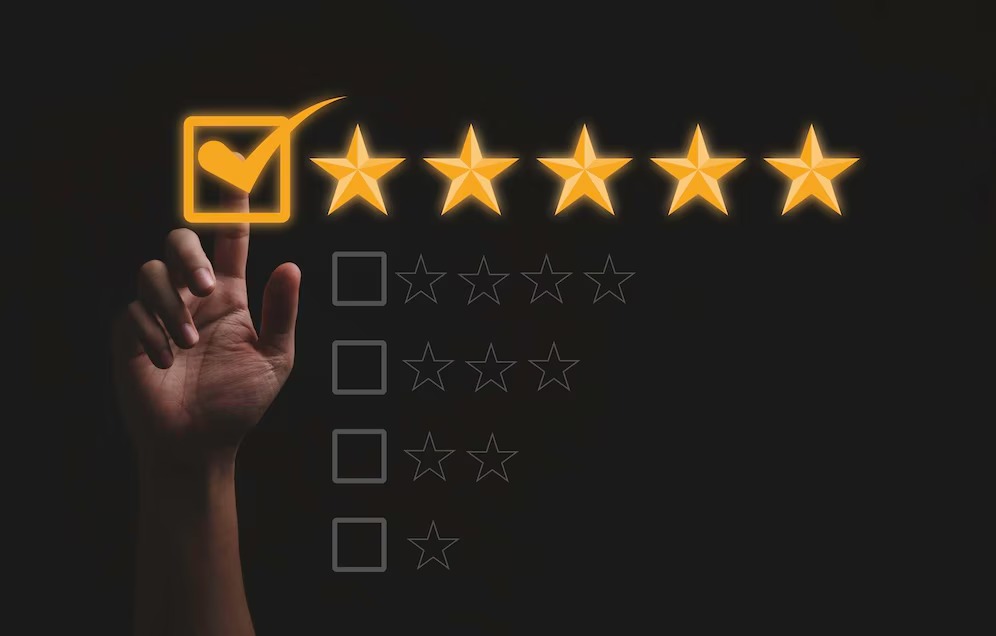
What Makes a Great Product Page? Best Practices for Retail
A well-optimized product page can significantly impact an online store’s success. High-converting product pages not only attract customers but also encourage them to complete their purchases. Whether you’re focusing on product page SEO, enhancing visuals, or crafting optimised retail listings, every detail matters.
In this guide, we’ll cover the essential elements of a great product page, from design and content to SEO best practices and conversion optimisation strategies.
1. Crafting a Compelling Product Title
A product title is the first thing customers and search engines see. A great product title should:
- Be clear and concise (50-60 characters is ideal).
- Include relevant keywords for SEO.
- Highlight key features (e.g., “Men’s Waterproof Hiking Boots – Lightweight, Durable”).
- Avoid unnecessary filler words.
Example of a strong product title: “Organic Cotton T-Shirt – Soft, Breathable & Eco-Friendly | Unisex”
2. Writing High-Converting Product Descriptions
A product description should inform, persuade, and sell. Best practices include:
a) Use a Clear & Engaging Structure
- Headline: Summarize the product’s key benefit.
- Bullet Points: Highlight key features quickly.
- Short Paragraphs: Make content easy to scan.
b) Address Customer Pain Points & Benefits
- Instead of just listing features, explain why they matter.
- Focus on benefits over specifications (e.g., “Keeps you warm in winter” instead of “Made of wool”).
- Use storytelling to create an emotional connection.
c) Optimize for SEO
- Naturally incorporate long-tail keywords (e.g., “best noise-cancelling headphones for travel”).
- Avoid keyword stuffing.
- Use structured data markup for better search visibility.
3. Using High-Quality Product Images & Videos

Visual content is one of the biggest conversion drivers.
a) Best Practices for Product Images
- Use multiple high-resolution images (minimum 1000px width).
- Show different angles & close-ups.
- Include lifestyle images to showcase real-world use.
- Ensure a consistent background (white or neutral works best).
- Optimise image alt text for SEO.
b) Adding Product Videos for Higher Engagement
- Demonstrate product features in action.
- Show how to use the product.
- Include testimonials or influencer reviews.
- Optimise video loading speed to avoid slowing down page performance.
4. Optimizing for Product Page SEO
SEO is crucial for driving organic traffic to your product pages.
a) On-Page SEO Optimization
- Place the primary keyword in the title, meta description, and headings.
- Optimise URLs (e.g., www.store.com/waterproof-hiking-boots).
- Use structured data (schema markup) for rich snippets.
b) Internal Linking
- Link to related products to improve discoverability.
- Add links to buying guides and blog posts.
- Use breadcrumbs for better navigation.
c) Mobile Optimization
- Ensure fast page speed (Google recommends under 2 seconds load time).
- Use a responsive design that adapts to different devices.
- Simplify the checkout process on mobile.
5. Leveraging Customer Reviews & Ratings

Reviews build trust and improve conversions.
a) Encouraging Customer Reviews
- Send follow-up emails asking for reviews.
- Offer incentives like discounts for leaving feedback.
- Make reviews easy to submit with a simple form.
b) Displaying Reviews Effectively
- Showcase star ratings near the product title.
- Feature both positive & negative reviews for authenticity.
- Highlight the most helpful reviews with upvotes.
- Use user-generated images/videos for credibility.
6. Creating a Persuasive Call-to-Action (CTA)
Your CTA should be clear, compelling, and action-driven.
a) Best CTA Practices
- Use action-oriented words (e.g., “Buy Now,” “Get Yours Today”).
- Make the CTA button highly visible (contrasting colours work well).
- Keep it above the fold for easy access.
- Create a sense of urgency (e.g., “Limited Stock Available”).
7. Improving Trust & Credibility
Customers need to feel confident before making a purchase.
a) Trust Signals
- Security Badges (SSL certificates, McAfee, Norton Secure logos).
- Money-back guarantee to reduce purchase hesitation.
- Fast & Reliable Shipping Information.
- Customer Support Details (Live chat, email, phone number).
b) Social Proof
- Feature press mentions & awards.
- Highlight celebrity endorsements or influencer collaborations.
- Show “bestseller” or “trending” badges on popular products.
8. Optimizing for Fast Checkout & Reduced Abandonment
The checkout process must be seamless to minimise cart abandonment.
a) Simplify the Checkout Flow
- Offer guest checkout (no forced account creation).
- Minimise form fields to only essential details.
- Use auto-fill & saved payment options.
b) Multiple Payment Options
- Accept credit/debit cards, PayPal, Apple Pay, and Google Pay.
- Offer Buy Now, Pay Later (BNPL) services like Klarna or Afterpay.
c) Transparent Pricing & Policies
- Display shipping costs upfront.
- Provide clear return & refund policies.
- Show estimated delivery times.
9. Measuring & Improving Product Page Performance

Tracking key metrics helps refine and enhance product pages.
a) Key Metrics to Monitor
- Conversion Rate: Percentage of visitors who complete a purchase.
- Bounce Rate: How many users leave without interacting?
- Average Time on Page: Measures customer engagement.
- Click-Through Rate (CTR): Effectiveness of product titles & CTAs.
- Cart Abandonment Rate: How often users abandon the checkout.
b) A/B Testing for Continuous Improvement
- Test different product titles & descriptions.
- Experiment with CTA button colours & placement.
- Compare pricing strategies (discounts vs. bundles).
- Adjust image layouts & video placements.
Conclusion
Creating high-converting product pages requires a combination of SEO best practices, persuasive content, high-quality visuals, and a frictionless user experience. By optimising each element—from product titles to checkout—you can boost conversions, enhance customer trust, and drive eCommerce success.
Retailers who invest in refining their product pages will not only improve their eCommerce conversion rates but also increase customer satisfaction and brand loyalty. Implement these strategies today to take your online store to the next level!


